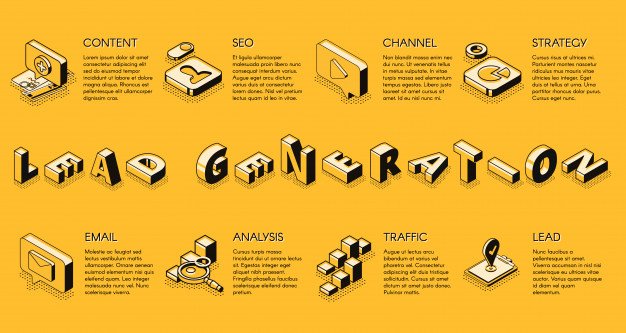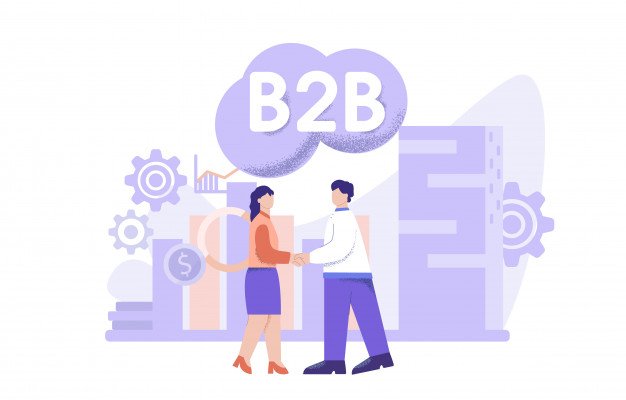A majority of companies who execute lead generation often complain about the quality of leads that they get from lead generation forms. Problems range from not getting enough people to type in the leads to people getting confused about the leads.
While Landing Page forms that help in lead generation are still one of the best ways to improve sales and queries, optimization of the same remains a major concern. In this article, we help companies devise the best lead generation form.
We also look at why digital marketing experts prefer certain key steps when creating multi-step forms. Therefore, if you are a company, or a digital marketing expert looking to maximize the potential for lead generation, you should pay attention to this article.
Lead Generation through Multi-Level Forms: Why is it important?

Every digital business has to complete a cycle, which eventually culminates in the last goal- generating sales and revenues. Brands try to use SEO, Social Media Marketing, Google AdWords and other marketing strategies to reach their target audience.
A brand wants people to be directed by using the above-mentioned strategies to their website or landing page. The multi-level form is the final step of getting the information and reaching out to the customer to satisfy his query. You can have multi-step forms on social media platforms, but getting the customer to a brand’s website or landing page is still the desired goal.
This not only helps in keeping, increasing, and maintaining a database, it also adds to the health of the website. Even though there are many other strategies and ways, which are being tried out by brands, yet the multi-step forms for lead generation continues to be a digital marketing favorite.
5 creative ways to improve lead quality with multi-step forms: The List
1. Always place Multi-Level forms above the Fold-
Statistics show that forms or CTAs placed above the fold generate over 200% more results than the ones, which are placed somewhere else on the page. In other words, above the fold section on a page is considered a prime real estate in digital marketing terms. The aim should always be to capture the attention of the viewer or user as soon as possible.
2. The Call-To-Action should always be simple and direct-
Brands and agencies tend to cramp too many CTAs in one simple form. The aim is to make it as clear as possible to the target audiences. By leaving, no stone unturned when it comes to removing confusion, brands can encourage more people to sign up for the forms. Have one clear and direct CTA is a landing page best practice.
3. Be honest and disclose the Privacy Concerns-
Every user who is visiting a digital platform wants all their privacy concerns should be respected at all times. Nobody wants to be bombarded with promotional material all the time. Your multi-step form should always be honest in disclosing what the user is getting into. Factors like unsubscribe at any time, or a link to how their data is going to be used should have a link.
4. Keep the messaging short and sweet on the multi-level forms-
Have you ever come across forms, which have ten tabs and long text boxes? Do you know what their success rate is? The answer is very poor! Do not make your target audience work extra. Give them the offer, and ask them to fill as few tabs and sections as possible. This is just digital behavior. If some information is not required for, do not place it on the form.
5. Focus on the Design, Colours and Image elements-
Capturing attention is something, which most landing pages and multi-level aim for. This means that in addition to the messaging, it is important to focus on the design elements of the multi-level form. Colors, images, text box size, and the entire user experience needs to be factored in when creating the form. The better the design, the better will be the lead generation.
Conclusion
If you are following the five points mentioned above when creating the landing page, you can rest assured that you will improve your digital marketing performance. Can you think of some other ways to help and improve the health of your multi-level form? Let us know your suggestions in the comments section below.
Read Also:






















